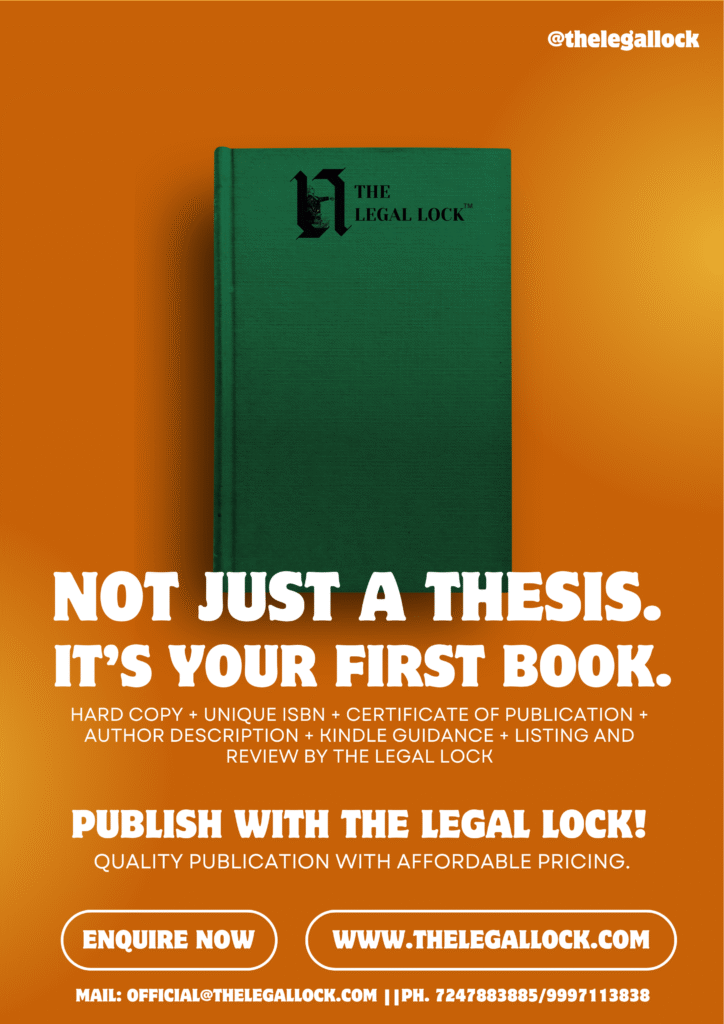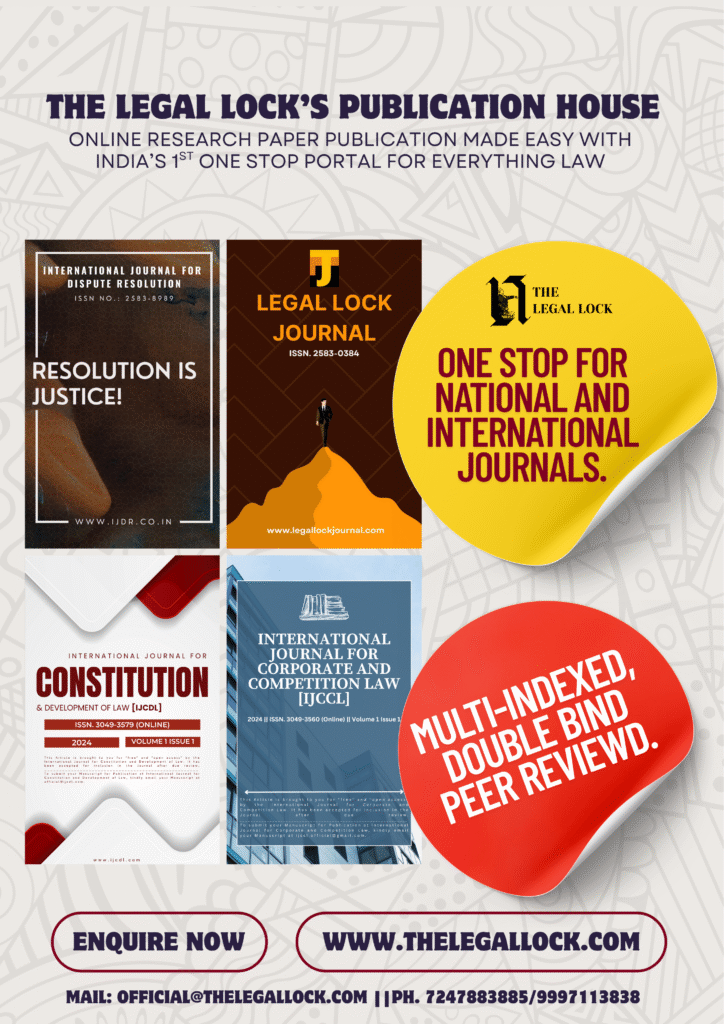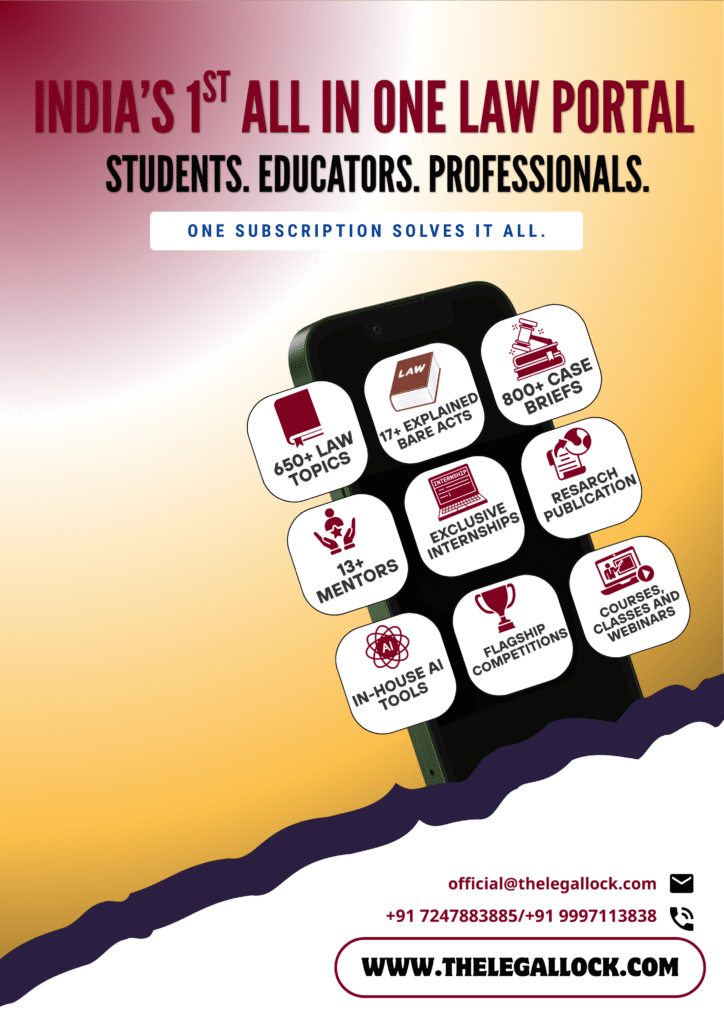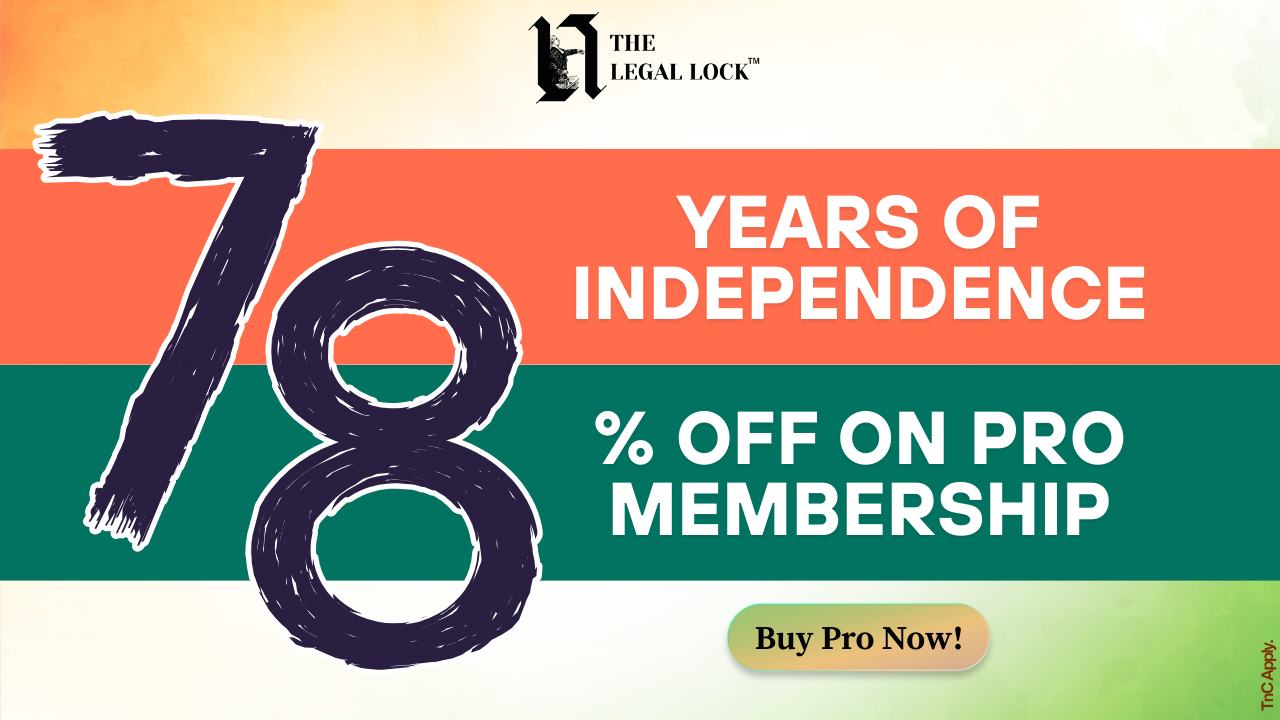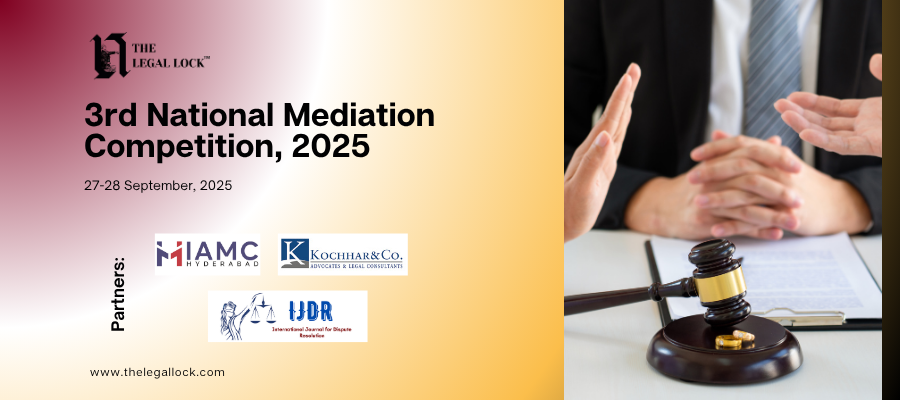Copyright Protection in India- Overview, History and Procedure

Introduction
The copyright means Legally protecting and safeguarding an author’s work. It gives exclusive distribution, publication and usage rights for the author. Due to this whatever content the author create is not used or published by anyone else without the permission of the author.
It is not meant to protect the idea of the content rather it is used to protect the original expression of an idea in the form of a creative work.
In copyright there should be a work and not a mere idea. the idea does not have any copyright protection. if one want to claim the copyright then the work should be in a material form.
History of Copyright in India
The Agreement on Trade-Related Aspects of Intellectual Property Rights (TRIPS) is an international legal agreement between all the member nations of the World Trade Organization (WTO). In TRIPS Indian law of copyright is at parity with the international standards.
The Copyright Act, 1957 of India was amended in 1999, 2002 and 2012. It completely reflects the Berne Convention for Protection of Literary and Artistic Works, 1886 and the Universal Copyrights Convention(UCC), to which India is a party.
The Berne Convention was adopted in 1886. It protects the works and rights of the authors. It provides control to the creators. for example, authors, poets, painters, musicians, etc., how their works are used, by whom, and on what terms they should be used.
The Universal Copyright Convention fulfilled its purpose to establish international copyright protection beyond the membership of the Berne Convention . Additionally, for the Protection of Rights of Producers of Phonograms, India is a party to the Geneva Convention. Also India is an active member of the Scientific and Cultural Organization (UNESCO) and World Intellectual Property Organization (WIPO).
Provisions of Copyright Act,1957
the term work is defined under the section 2(y) of the Copyright Act,1957 : work means any of the following works namely a literary, dramatic, musical or artistic work; a cinematograph film; a sound recording.
the term “work” contains an artistic work comprising of a sculpture, a painting, a drawing which include a map, a diagram, a plan or chart, a photograph, an engraving, a work of architecture or artistic craftsmanship, dramatic work, literary work which include computer programmes, compilations, tables and computer databases, musical work which include music as well as graphical notations, sound recording and cinematographic film.
Section 13 of the Copyright Act, 1957 states the works in which copyright subsists. According to sub-section 1 of section 13, the copyright shall subsist all over India in the following classes of works which includes (a) original literary, dramatic, musical and artistic works;(b) cinematograph films; and (c) sound recording.
Additionally, Section 22 of the Copyright Act, 1957 states the term of copyright in published dramatic, literary, artistic and musical works. It tells that copyright shall subsist in any dramatic, literary, artistic or musical work which is published within the lifetime of the author till 60 years from the beginning of the calendar year next followed by the year in which the author is deceased. In this section the reference to the author is in the case of a work of joint authorship. It is interpreted in context to the author who dies last.
Registration of Copyright
the registration of copyright is stated under the chapter X of The Copyright Act,1957. in the process of registration the First step is to file the application in the Copyright Office, Second step is examination of the application by the authority.
For registration of every work separate applications should be made by the applicant. Once you file your application, you will receive a diary number. Then you have to wait for a period of Thirty days. This is mandatory so that no objection is filed in the Copyright office against your claim that particular work have been created by you. Published as well as unpublished works can be registered.
The works published before January 21, 1958, i.e., before enforcement of the Copyright Act, 1957, also can be registered. Such work will also enjoy Copyright. Although there are several amendments to the act of copyright, Copyrights are protected by the Copyright Act, 1957.
In India, the registration is treated as only recorded of a fact. So, the registration of copyright is not considered mandatory here. The registration do not grant any new right. Also it is not required as a prior condition for starting action against infringement. The view was supported by the Indian courts in a catena of the judgments.
Need for Registration of Copyright
The awareness of the Intellectual Property (IP) Laws is comparatively low among the enforcement authorities of India. Though the registration of copyright is optional in India, it is protected through the International Copyright Order, 1999. So, copyright registration is recommended for its various advantages.
The copyright registration certificate is considered as a “proof of ownership” in courts and also by police authorities. Section 48 of the Copyright Act, 1957 states that the Register of Copyrights should be prima facie evidence of particulars entered therein and it is accepted as evidence in all courts without additional proof or production of the original.
Copyright registration makes exports-imports easier. The creator of the work can exhibit it to sell or display it. The registration of copyrights comprises of the date on which the work was published. Due to this, if any case of infringement emerges, then without difficulties it is observed because of the date of the publication. Hence the date of publication proves to be the key factor while dealing cases of infringement.
Enforcement of Copyright
Copyright law in India not only provides for civil remedies in the form of accounts or damages of profits, permanent injunction, cost of the legal proceedings, delivery of the infringing material for destruction, etc.
under the section 63 of The Copyright Act,1957 the infringement of copyright is an offence punishable with imprisonment for of not less than 6 months, which also may extend to 3 years with a fine not less than Rs.50,000 and may extend to Rs. 2,00,000.
For copyright infringement offences, there is a chapter on the Copyright Act, 1957 i.e Chapter XIII exclusively dealt about the offences relating to the copyright. This gives authority and power to the police authorities to register the Complaint (First Information Report, ie, FIR) and then can arrest the accused, search the accused and even can seize the infringing material without any interposition of the court.
Protection to Foreign Works
The “works” of the countries who are the member of Convention Countries of which India is a signatory, are safeguarded from infringement of their “works” in India. This is carried out via International Copyright Order, 1999. Also the Indian courts take great efforts to protect copyright of foreign owners which may include various software, database, etc.
The Indian Government is also taking efforts to fight against piracy in the software industry, music industry, motion pictures, etc through their associations and organizations such as NIAPC (National Initiative Against Piracy and Counterfeiting) , NASSCOM (National Association of Software and Service Companies), etc.
Licensing
Licensing of the copyright provides the right to the owner. The licensing agreement is executed between the licensor and licensee. It is adequate proof to prove that the work belongs to the licensor. Assignment agreements are necessary to copyright law because this helps the owner of the copyright to implement this rights.
Duration of the copyright
As per the general rule the copyright lasts for 60 years. In the case of dramatic, musical, artistic works and original literary the 60-year period is calculated from the year till the death of the author.
In the case of sound recordings, cinematograph films, anonymous, pseudonymous publications and posthumous publications works of government and also the works of international organizations the protection period is of 60 years which is calculated from the year following the publication date. in case of the performers right the duration is 50 years.
Conclusion
Ownership of the Copyright provides the owner with the exclusive right to use the work, with some exceptions. When any work is been created by a person, which is fixed in a tangible medium, that person automatically owns copyright to that work. Copyright registration also gives the owner various benefits. Due to this the original work always remains protected by law.
Fair Use of Copyright : An Overview » The Legal Lock
Reference:
https://en.wikipedia.org/wiki/Copyright
https://techterms.com/definition/copyright
https://www.mondaq.com/india/copyright/655852/copyright-law-in-india-everything-you-must-know
https://www.indiafilings.com/learn/copyright-registration-process-procedure/
https://blog.ipleaders.in/importance-of-copyright-registration-in-india/
https://www.indiacode.nic.in/handle/123456789/1367?sam_handle=123456789/1362



